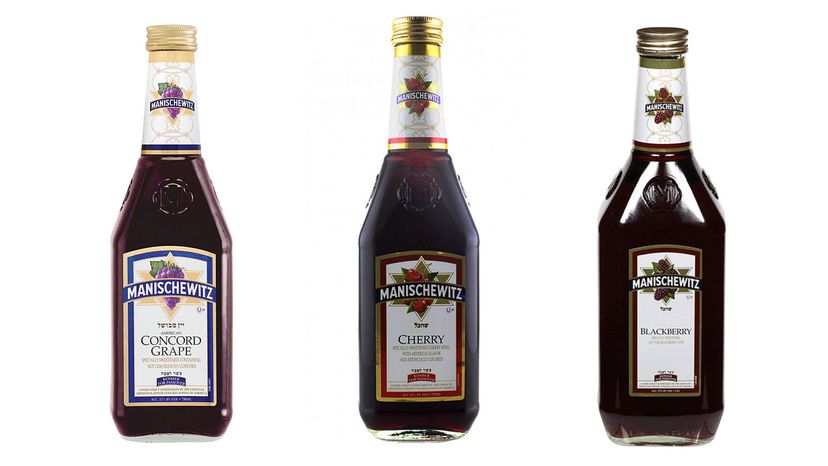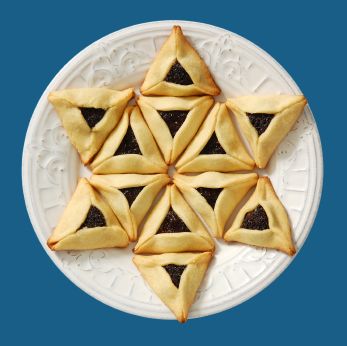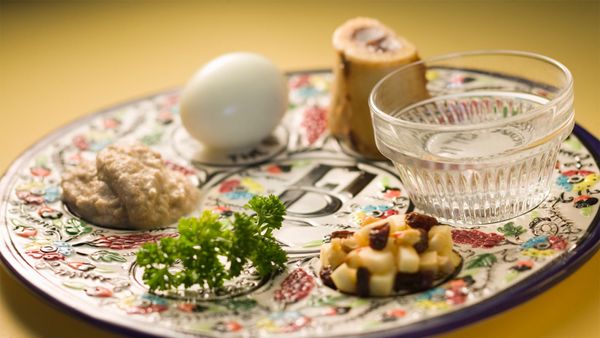Manischewitz is available in six flavors — concord grape, blackberry, elderberry, cherry, extra heavy malaga and medium dry concord — and the appeal has long expanded past its Jewish base to the rest of the world. Whether it's the $5 price tag, low alcohol content, or syrupy, sweet flavor, Manischewitz's classic tagline "There's a seder in every bottle. Let the tradition flow" now rings true for millions
A 1954 article in Commentary magazine reported on the kosher wine trend, noting how 10,000,000 gallons (37,854,117 liters) of Manischewitz was imbibed the year prior. Interestingly enough, the same article mentioned a spike in sales "at Christmas and Thanksgiving several times higher than for Passover," even noting how "a relatively minor occasion as St. Patrick's Day causes a discernible rise."
That was in 1954, though. What about today? It seems the wine still has a big following, and not just by those who grew up drinking the stuff at seders and other Jewish holidays. USA Today reported in 2017 that the wine is a hit among Caribbean communities, especially around Christmas. And the Wall Street Journal ran a similar story in 2016 that says Constellation (Manischewitz parent company) produced more than 900,000 cases of Manischewitz that year — 200,000 of which were exported to its top markets in Latin America, the Caribbean and South Korea.
Its sweet and fruity flavor clearly has a broad appeal. And that taste comes from (no surprise) a large amount of sugar that's added to offset the bitter taste of Labrusca grapes. However, when paired with dry, salty Passover foods like matzo and gefilte fish, this table wine shines through to provide an unforgettable dining experience. Unless you drink too much, of course.
"Manischewitz dishes are comfort foods," Seidman adds. "The wine is sweet, robust, [and] should be sipped with friends and family."
For those who've never had the chance to sip this sweet sacramental drink, you can find Manischewitz in almost any liquor or grocery store (typically on the bottom shelf or kosher sections) and you can also use it for cooking dishes like chicken cacciatore, potato encrusted salmon and matzo meatloaf. If you're looking for an easy dish to pair with Manischewitz, try something like a hearty brisket. Of course, you could always go with a Manischewitz red wine slushy. Cheers!


